Perk Up with 6 Tasteful Malaysian Drinks
Lighten your mood and rejuvenate your senses with 6 must-try Malaysian drinks!
Discover the authentic in Asian cuisine food

According to tradition, dumplings are the first food everyone eats to celebrate Lunar New Year. The bite-sized pockets of minced meat and diced veggies, wrapped and pleated in thin flour sheets, and boiled or steam-cooked to tender savouriness, actually represent a lot more than their umami flavour. So, come have a taste, and let’s explore the rich cultural significance of the humble dumpling.

The word dumpling is a generalization of many dishes around the globe that share similar features, i.e. a dish cooked in a wrap or a pastry with filling. For Asian cuisines, dumplings include wonton, bao-s, Zongzi, yum cha treats like Har Gow and Siew Mai, the Japanese Gyoza, and many more.
The dumplings for Lunar New Year are Chinese Jiaozi and Korean Mandu served in a Korean savoury soup broth.
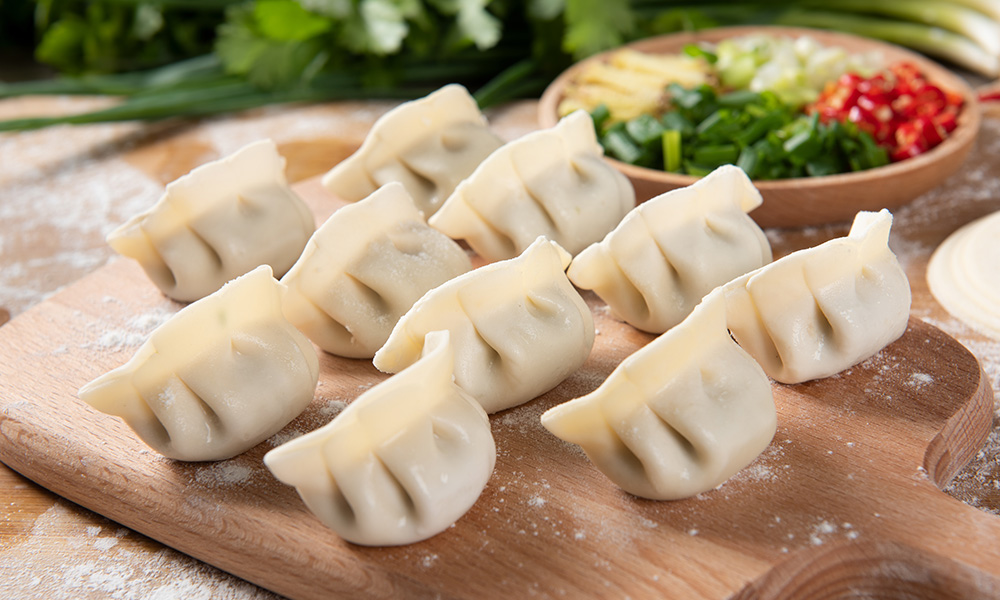
The Jiaozi is among the staple traditional foods across Chinese history. Mentioned in several historical texts throughout the ancient dynasties, dating all the way back to the 2nd century. Since then, the Jiaozi had spread across Asia, and reinvented with local ingredients wherever it landed.
It is believed that Yuan Mongolians introduced the Jiaozi to Korea in the 14th Century, and it became the Mandu dumpling in Korean cuisine.
Although Jiaozi and Mandu are made and enjoyed year-round, savouring the dish for Lunar New Year is a tradition to this day. The reason starts with the dumpling’s shape – the puffy pleated wraps resemble the ancient silver and gold imperial ingots. Thus, the Jiaozi and Mandu became a symbol of prosperity over the centuries.
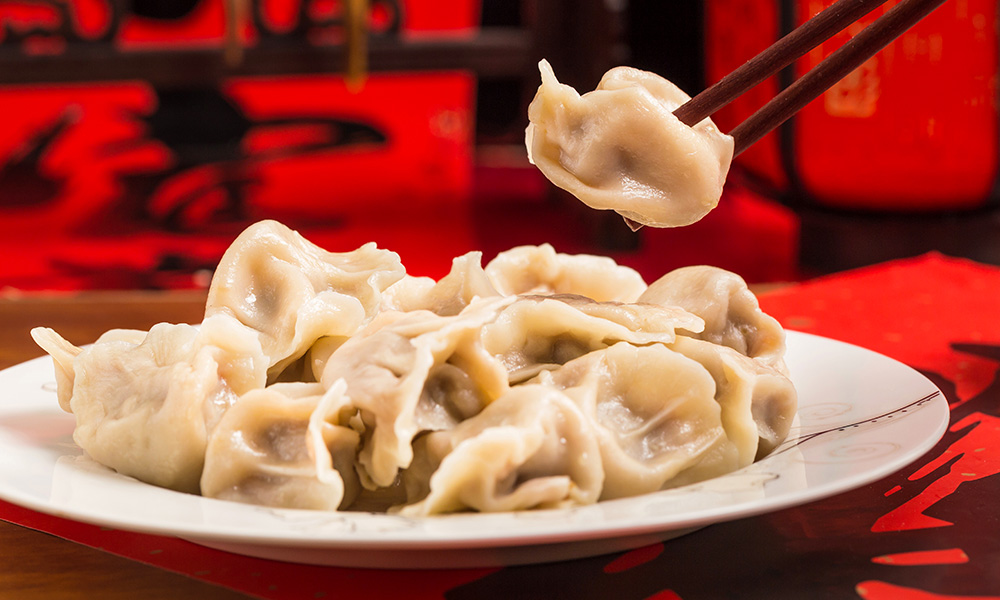
Lunar New Year dumplings are traditionally wrapped on the night of the festival’s eve, cooked and savoured first thing in the morning – to signify starting anew. Jiaozi is also a homophone for ‘exchange of day’, symbolising the cross over from the old night to the new dawn.
The dumplings are typically stuffed with auspicious meats and lucky greens; all flavoured with a combo of rich savoury sauces. Some may even slot a clean coin into one of the dumplings, bringing more good fortune to whoever bites it.
Lunar New Year dumplings are shared with the whole family. Thus, the dish also carries the warmth and love of home and reunions.
Ready to make your own Lunar New Year dumplings? Here are some authentic favourites to enjoy with your loved ones!

Classic Lunar New Year Jiaozi packs pork mince and wombok, seasoned with a blend of soy sauce, Shaoxing wine, sesame oil, pepper and salt. Boiled to tender bites and served with a tangy black rice vinegar + ginger dip sauce. Make yours hot with our recipe!
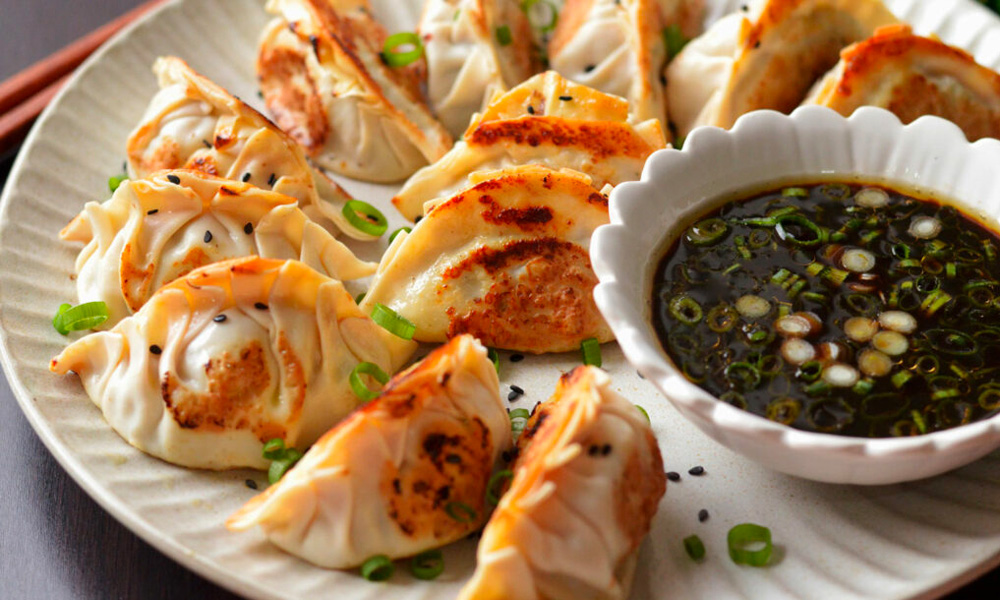
Guotie or ‘Potsticker’ dumplings are pan-fried till the soft pastry wrap turns brown and lightly crispy. Beef up your Lunar New Year dumpling enjoyment with this richly umami recipe!

Korean Mandu are puffier than the Jiaozi, and shaped like ingots. Savoured in a warm savoury soup with egg and nori seaweed, or combined with the traditional Lunar New Year rice cake soup, Tteokguk. Cook them up with our recipes!
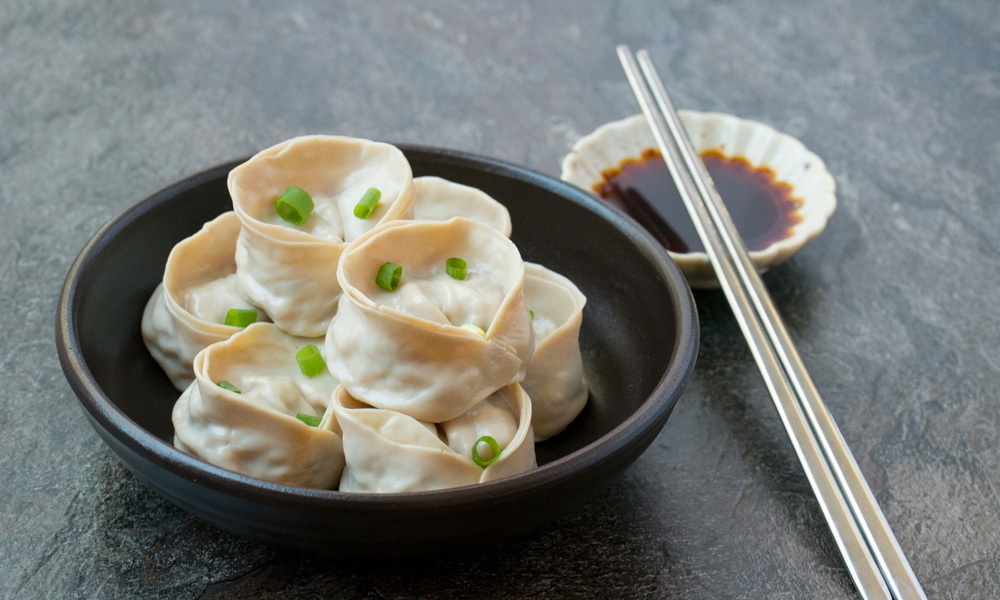
Want a zestier oomph in your Lunar New Year dumplings? This Korean steamed Mandu delight is imbued with the spicy, tangy and savoury taste of Kimchi. Filled with ground pork or beef, and served with a yummy dip of soy sauce, vinegar, and Korean Gochugaru chilli flakes.
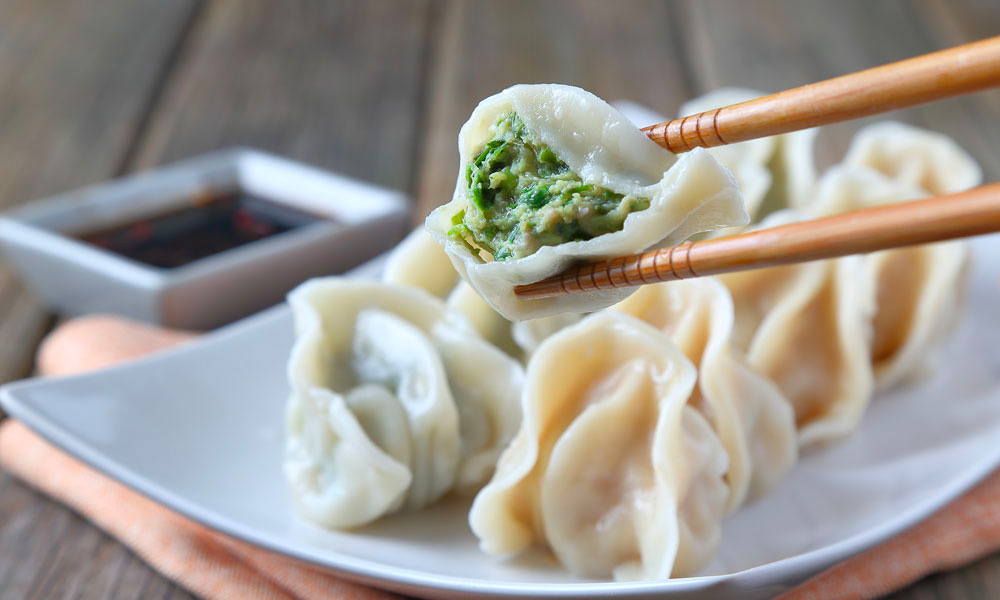
Fish in Chinese is a homophone for ‘surplus’, meaning to have more than enough for the new year. Besides sharing a whole fish, you can also have it boiled and minced to make this delish Thai-style dumpling!
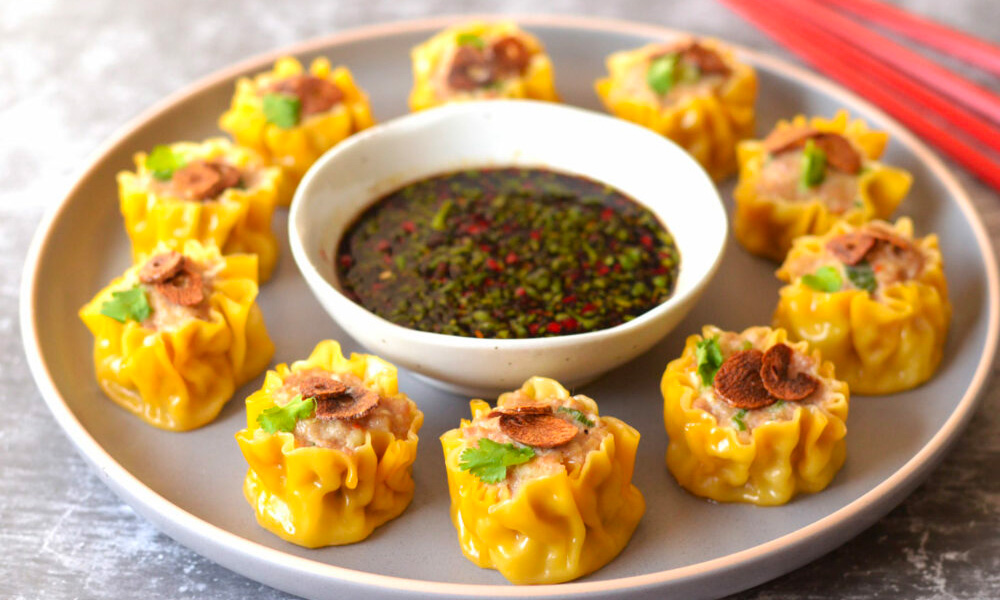
You can also get exotic with your Lunar New Year dumpling! This Thai delight is an adaptation of the Yum Cha fave Siew Mai. Ground pork and prawns made velvety with egg, and flavoured with fish sauce, oyster sauce, sesame oil and palm sugar. Stuffed in wonton wrappers and coated with a thin layer of garlic oil. Then, steam-cooked to golden fragrance and served with a piquant, savoury dip sauce. Try it with our recipe!
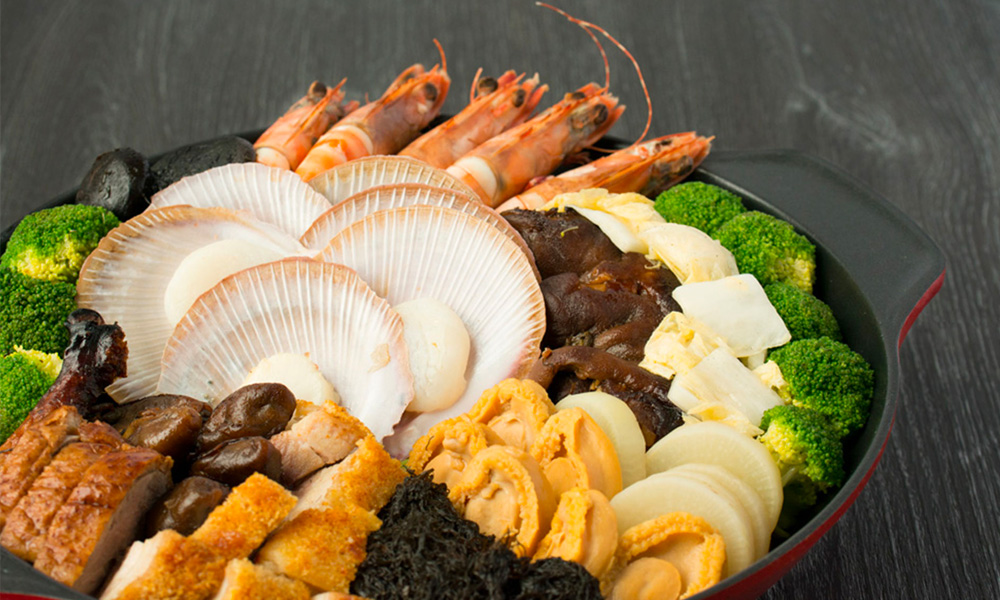
Lunar New Year is celebrated across Asia, and every culture has their own unique festive foods that embody their traditions, legacies and signature flavours. Come discover the 10 joyous Lunar New Year specials in Chinese, Vietnamese and Korean cuisines!

Lighten your mood and rejuvenate your senses with 6 must-try Malaysian drinks!

Pair your hearty barbecues with these refreshing Asian delights!

What are the properties of ginger, and how to pick, store and use ginger in your cooking? Find out here!